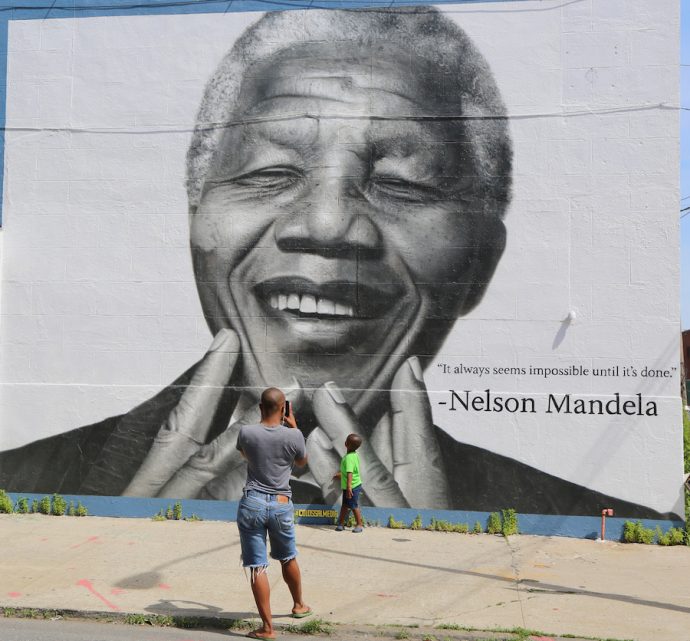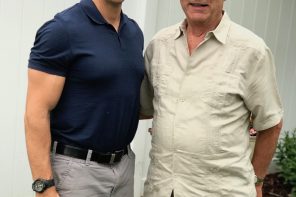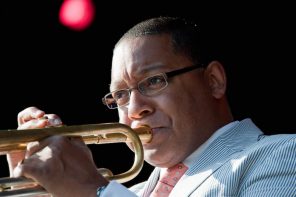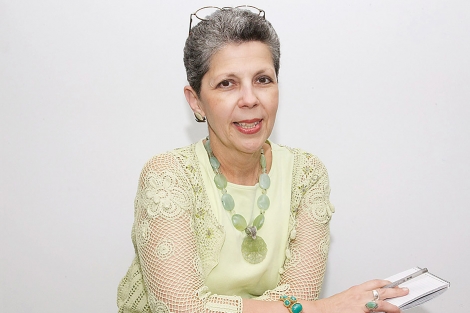What happens to a dream deferred?
Does it dry up
like a raisin in the sun?
Or fester like a sore-
And then run?
Does it stink like rotten meat?
Or crust and sugar over –
like a syrupy sweet?
Maybe it just sags
like a heavy load.
Or does it explode?
— Langston Hughes,
“Harlem What Happens to a Dream Deferred”
The year 2020 was going to be one of magical thinking, if not actual magic, people told me. Something about that double number, with its irresistible symmetry, just had to bring good fortune, didn’t it? And, anyway, they said, they had particular reasons to celebrate. They were looking forward to a big birthday, a long-awaited vacation, a move to a new location and a new job.
They were going to graduate, get married or just kick back and savor the pleasure of an ordinary day.
Instead, halfway through a year that many wish was already over, they find their dreams deferred, denied, destroyed.
“So many things I would’ve done,” Joni Mitchell observed in her song “Both Sides Now,” “but clouds got in my way.” Ain’t it the truth, Joni. Ain’t it the truth.
The coronavirus made oxymorons of many of us — gregarious recluses, healthy invalids and free prisoners. Unlike actual recluses, invalids and prisoners, we could, of course, leave our gilded cages indefinitely at any time, but to go where and to what end? We knew with a certainty that few have considered before that disease and death lurked behind every unmasked face and uncovered cough.
Indeed, it would take a tragedy of a different but equal magnitude — the horrific murder of George Floyd at the hands of Minneapolis police, a tipping point in racism and police brutality that could no longer be denied — to bring many of us streaming into the streets. There we found that desire — the desire to be free, to be just, to have our voices heard, to force change — trumps fear.
It might help to remember that as we begin to dip our toes, however gingerly or lustily, back into the public waters — all the while reminding ourselves gently, in the words of the philosopher Ralph Waldo Emerson, that “the first wealth is health.” Like Rome, our world wasn’t built in a day. It won’t return in a day either.
It also helps to consider those in history who found meaning and service in suffering — among them the Shoah survivors who tell their stories through such organizations as the Holocaust and Human Rights Commission in White Plains so that the crimes of that event are never repeated; the late anti-apartheid activist and statesman Nelson Mandela, who spent 27 years at hard labor in three South African prisons before being released to create and lead a government that would present all of the people; and the late Pound Ridge-based actor Christopher Reeve, who despite being left a quadriplegic after a 1995 equestrian accident, advocated for those with spinal cord injuries and for human embryonic stem cell research, founding the Christopher Reeve Foundation and co-founding the Reeve-Irvine Research Center.
While Reeve had his magnificent wife Dana at his side through the last, arduous journey of his life, others travel their challenging paths alone. After World War II, many Holocaust survivors come home to no one. But what all these people or groups of people had in common was a resilience within, a resilience you’ll find in our story about Carly Fisher, who despite moving yearly throughout Florida with her mentally ill mother, a single parent, found the psychological wherewithal to study hard and become a James Beard-nominated food/travel writer and Hudson Valley guidebook author ( Page 24).
Fisher told me that she recognized that while she came from nothing, she knew she could write. Like Lin-Manuel Miranda’s Alexander Hamilton, who also came from nothing, she “wrote (her) way out.” Having a talent of your own — or one that you admire in others — that you can turn to for self-expression, solace, escape, courage and transcendence is a tremendous gift in adversity.
After 9/11, Norwalk artist Thomas S. Berntsen turned from commercial to fine art photography and ultimately to sculpting labyrinthine works like the ones that inaugurate the new New Canaan Sculpture Trail (Page 16).
“I love poetry,” he says. “One of my favorites is Stanley Kunitz’s ‘The Layers,’ in which he talks about desire being what keeps us going.” Kunitz, whose bankrupt father committed suicide before he was born, rose to become an editor, teacher and New York state poet laureate. In “The Layers,” he invites readers “to live in the layers not on the litter.”
“My work is a discovery and inquiry,” Berntsen says of his life among the layers. “If it doesn’t work, I can start again.”
In times of tragedy, it’s sometimes comforting to think of life as that voyage of discovery. Anne Rice, who wrote her breakthrough novel “Interview With the Vampire” after her 3-year-old daughter Michele died of leukemia, captures this in “Interview’s” sequel, “The Vampire Lestat,” in which her transcendent title character, recalled to life by the sounds of the 1980s, resurfaces —literally — after tragedy, betrayal and more than a century underground.
“I started to believe that maybe all the old wounds I’d sustained had been healed by now,” Rice has him say. “Maybe my strength had come back. Maybe my strength had actually increased as it would have done with time if I’d never been hurt. I wanted to find out.”





